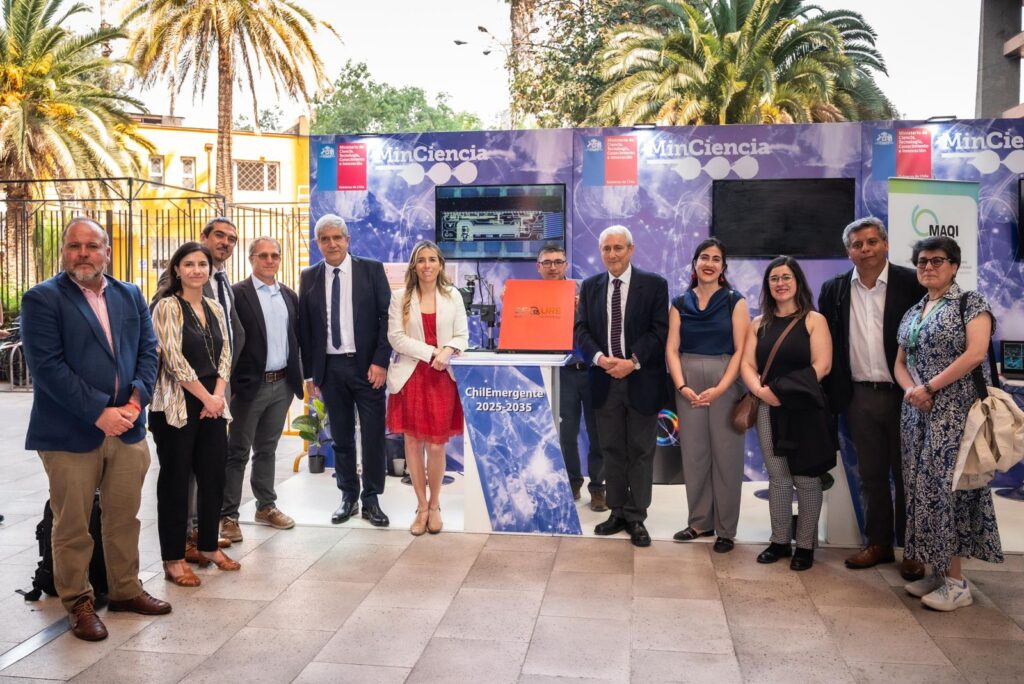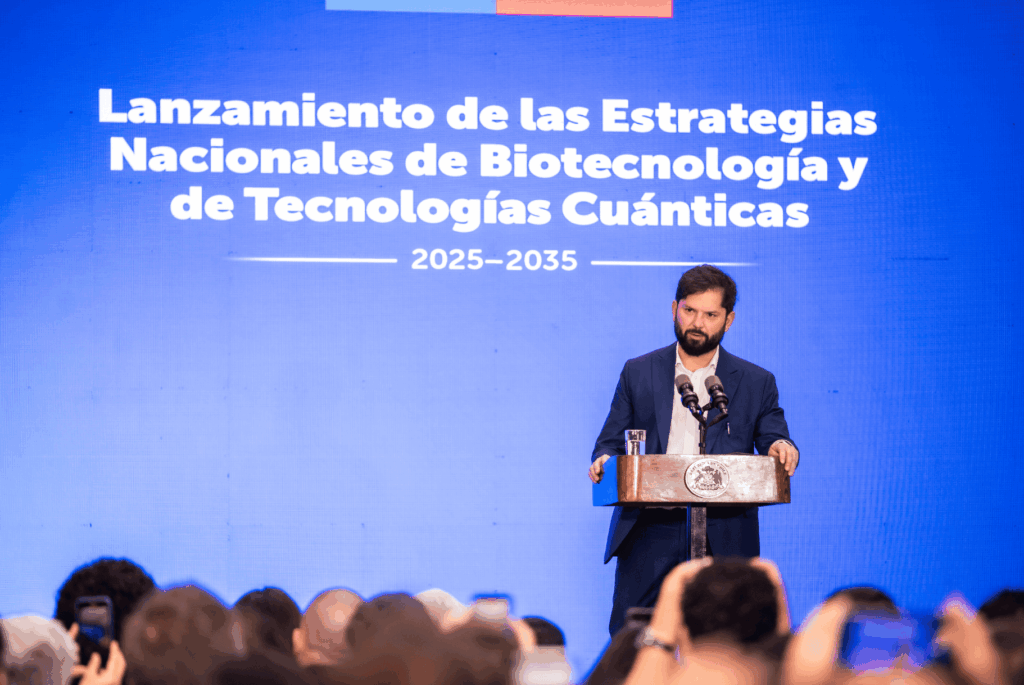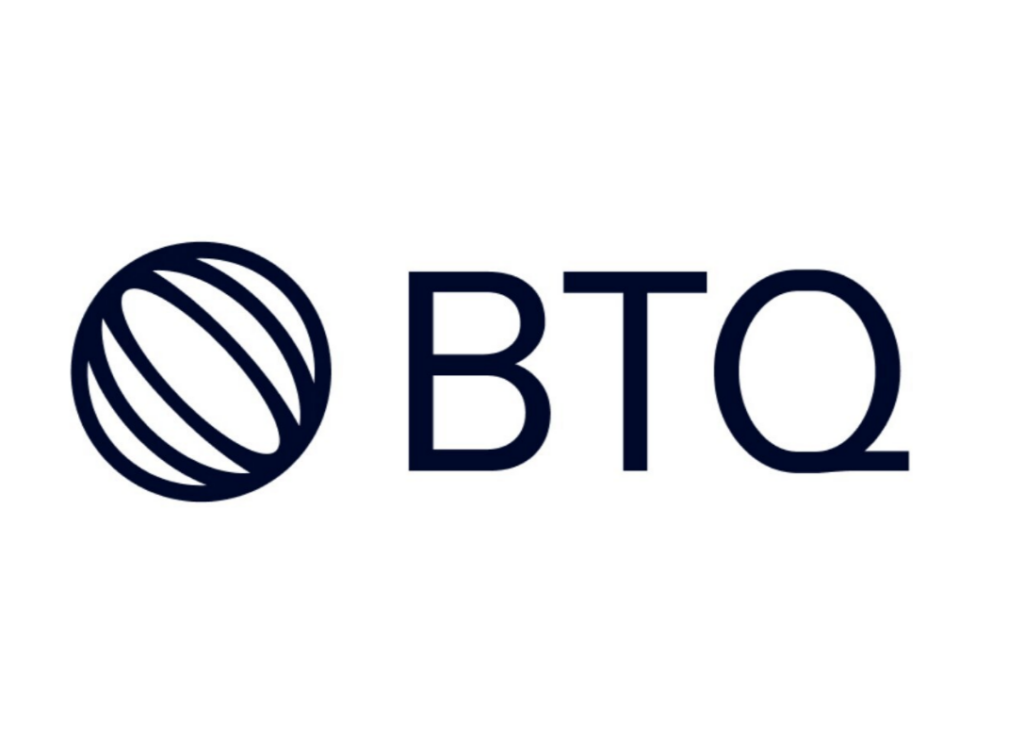Insider Brief
- The new QHiFFS algorithm enhances the simulation of periodically driven quantum systems, making simulations more efficient on quantum hardware.
- Researchers demonstrated its practical application by accurately simulating a 20-qubit, two-dimensional BNNNI model on Quantinuum’s trapped ion quantum computer, using fewer resources than traditional methods like standard Trotterization.
- QHiFFS offers significant advantages in simulation time and driving frequency for near-term quantum devices, enabling the study of complex quantum phenomena, although it requires high driving frequencies and may face limitations due to hardware constraints.
An international team of researchers have introduced a new algorithm that improves the simulation of periodically driven quantum systems on quantum hardware, according to a study. The method, called Quantum High-Frequency Floquet Simulation (QHiFFS), offers a more efficient way to simulate fast-driven quantum systems, with potential implications for quantum computing.
The study, published in Nature and conducted by scientists from multiple institutions including Friedrich-Alexander Universität Erlangen-Nürnberg and Los Alamos National Laboratory, addresses the challenge of simulating non-equilibrium quantum systems.
In other words, these are quantum systems, which are influenced by repeating external forces, such as Floquet systems driven by oscillating laser fields or qubits manipulated by periodic microwave pulses, exhibit complex, non-equilibrium behaviors that are difficult to model using traditional methods.

Central to QHiFFS is the use of a “kick operator,” which transforms the system into a new basis where the dynamics are governed by a time-independent effective Hamiltonian, according to the researchers. That’s quite a lot to take in, so one way to think about a kick operator is to consider it a filter that isolates a single melody from a complex piece of music. By transforming these extremely complicated, time-dependent quantum system into a simpler, time-independent one, it makes the simulation more manageable on quantum computers. This simplification allows researchers to focus on the core dynamics without getting overwhelmed by the system’s inherent complexity.
Why Floquet Systems Matter
Ultimately, the team writes that this method allows researchers to apply established techniques for simulating stable, time-independent systems to Floquet systems.
Floquet states are connected to the field of quantum computing because they allow researchers to manipulate quantum systems using periodic external forces, such as oscillating electromagnetic fields. This approach, known as Floquet engineering, helps stabilize and control qubits more effectively, improving quantum computations. Floquet systems can also induce exotic topological phases that are valuable for fault-tolerant quantum computing, while enabling the simulation of complex, non-equilibrium quantum dynamics that traditional methods struggle to model. Advances here could make Floquet systems a promising tool in the ongoing development of quantum technologies.
Testing The Algorithm
The researchers write that they tested their algorithm using the periodically driven biaxial next-nearest neighbor Ising (BNNNI) model. To try to but that more simply: the researchers tested their algorithm on a model that simulates how tiny magnets interact in a grid when exposed to those regular, repeated changes. This study of complex magnetic behaviors and critical points — where the system undergoes sudden changes — can make it a useful tool for exploring quantum physics.
The team implemented a 20-qubit simulation of the driven two-dimensional BNNNI model on Quantinuum’s trapped ion quantum computer.
The use of Quantinuum’s hardware was crucial for the implementation, the team writes. The platform’s all-to-all connectivity allowed the researchers to simulate a 4×5 lattice with periodic boundary conditions, a task that is challenging on other quantum computing platforms due to connectivity limitations.
“Our error analysis shows that QHiFFS exhibits not only a cubic advantage in driving frequency but also a linear advantage in simulation time compared to Trotterization,” the researchers write in their study. This means that QHiFFS can perform simulations with fewer computational resources and reduced error rates.
The algorithm could have significant implications for the simulation of strongly correlated systems in the presence of electromagnetic fields. It may enable the study of phenomena like unconventional superconductivity, quantum spin liquids and Kondo coherence collapse.
While the algorithm shows promise for near-term quantum devices, the researchers believe it could also be valuable in the fault-tolerant era of quantum computing. Higher-order expansions of the effective Hamiltonian and kick operators could achieve higher accuracy, and established fault-tolerant simulation methods could implement the more complex resulting effective Hamiltonian.
The researchers also conducted an error scaling analysis, demonstrating that QHiFFS outperforms standard Trotterization for high driving frequencies. Specifically, at long simulation times, the algorithm shows a linear advantage in time and at least a cubic improvement in driving frequency compared to standard methods, according to the paper.
In their hardware implementation, the team observed that the correlation function values computed on the quantum computer closely matched the predicted values, within the precision allowed by shot noise. This result indicates that QHiFFS can capture the dynamics of the system accurately with fewer computational resources.
Limits and Future Directions
The researchers also point out that the new algorithm does have limitations. One key constraint is that QHiFFS relies on the high-frequency approximation, which assumes the driving frequency is much larger than other energy scales in the system. This means the method may not be as effective for systems with lower driving frequencies, where the approximation breaks down.
While QHiFFS shows a cubic advantage in driving frequency, its accuracy diminishes when the driving frequency is not sufficiently high compared to the system’s intrinsic interactions, the researchers report.
Another limitation arises from the complexity of the effective Hamiltonian after transformation. For certain systems, the effective Hamiltonian may not be efficiently implementable on current quantum hardware due to increased circuit depth or the need for complex gate operations. This could limit the algorithm’s applicability to specific types of quantum systems or require further optimization to be practical on near-term devices.
The algorithm’s error scaling, although improved over traditional methods, still grows with system size and simulation time. While QHiFFS exhibits linear scaling in these parameters for local models, the cumulative error could become significant for very large systems or long simulation times.
The researchers write: “In parallel, the algorithmic errors of QHiFFS scale linearly in system size, n, for local models, and at worst quadratically. These favorable scalings again point towards QHiFFS’s suitability for larger-scale implementations.”
In their hardware implementation, the team also faced practical limitations such as a finite sampling budget, which restricted the range of model parameters they could explore. Due to approximately 30,000 available shots on the quantum computer, they had to limit their study to specific cases. This highlights the broader challenge of resource constraints in current quantum hardware, affecting the scope and depth of simulations that can be performed.
Future applications of QHiFFS may include simulations of even more complex systems, such as those with longer-range interactions or in three spatial dimensions. The algorithm’s favorable scaling in system size suggests it could handle larger-scale implementations, but this will depend on advancements in quantum hardware and error correction techniques.
One of the exciting possibilities QHiFFS opens up is the simulation of complex quantum phenomena, including unconventional superconductivity, according to the researchers. This form of superconductivity defies the traditional understanding of how materials conduct electricity without resistance. By leveraging the algorithm’s ability to handle high-frequency drives, the team suggests that studying these superconducting phases more efficiently could lead to help us better understand and harness quantum materials for next-generation technologies.
Researchers involved in the study include Timo Eckstein, Refik Mansuroglu, and Michael J. Hartmann from the Department of Physics at Friedrich-Alexander Universität Erlangen-Nürnberg, Germany; Timo Eckstein and Michael J. Hartmann from the Max-Planck Institute for the Science of Light in Erlangen, Germany; Timo Eckstein, Jian-Xin Zhu, Lukasz Cincio, and Zoë Holmes from the Theoretical Division at Los Alamos National Laboratory in the USA; Piotr Czarnik from the Faculty of Physics, Astronomy, and Applied Computer Science at Jagiellonian University in Kraków, Poland; Jian-Xin Zhu from the Center for Integrated Nanotechnologies at Los Alamos National Laboratory; Andrew T. Sornborger from Information Sciences at Los Alamos National Laboratory; and Zoë Holmes from the Laboratory of Quantum Information and Computation at École Polytechnique Fédérale de Lausanne in Switzerland.


















